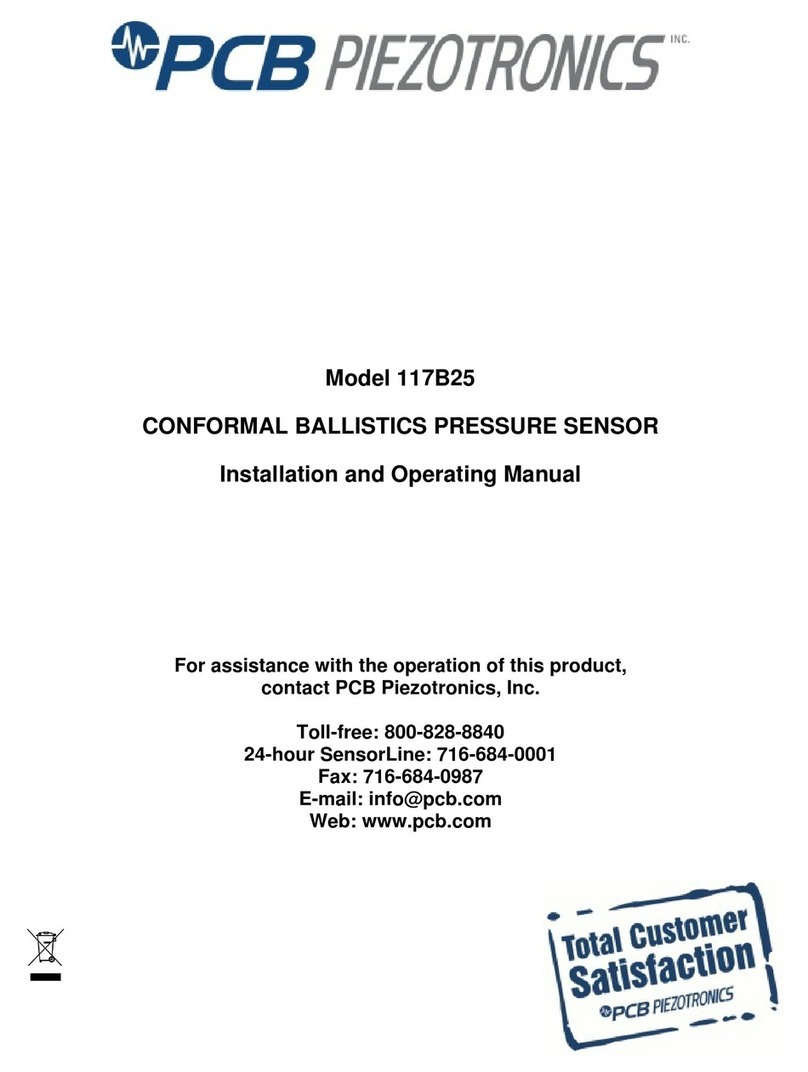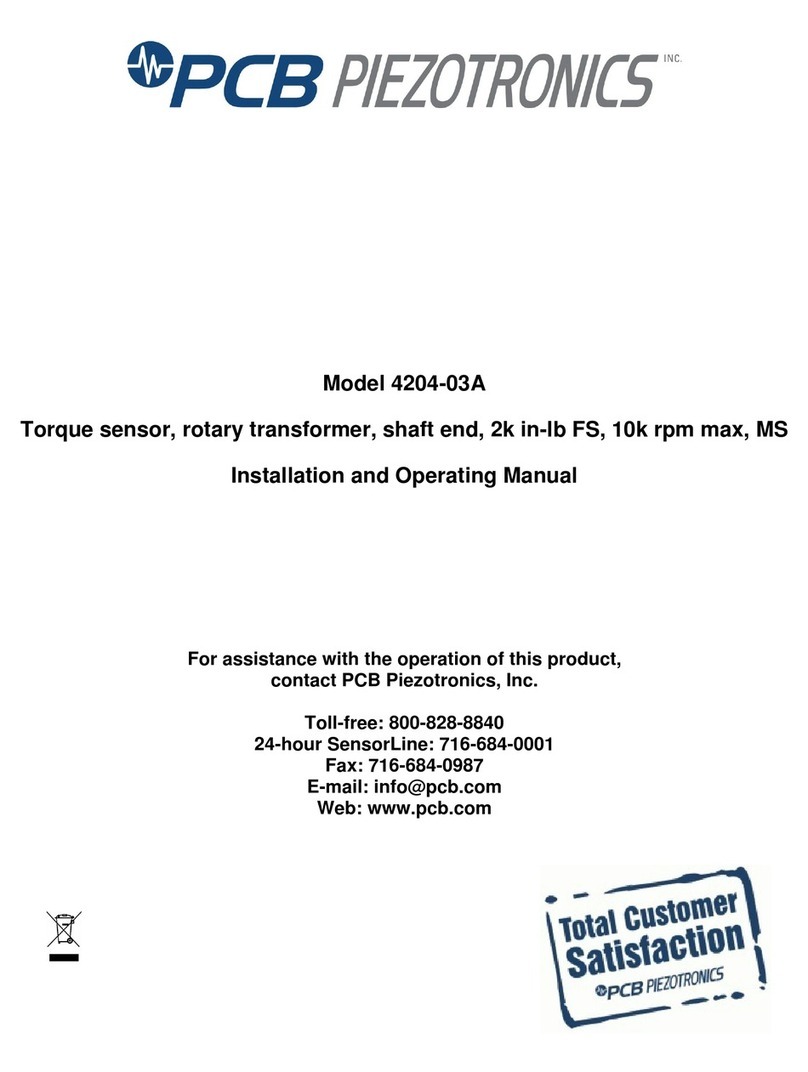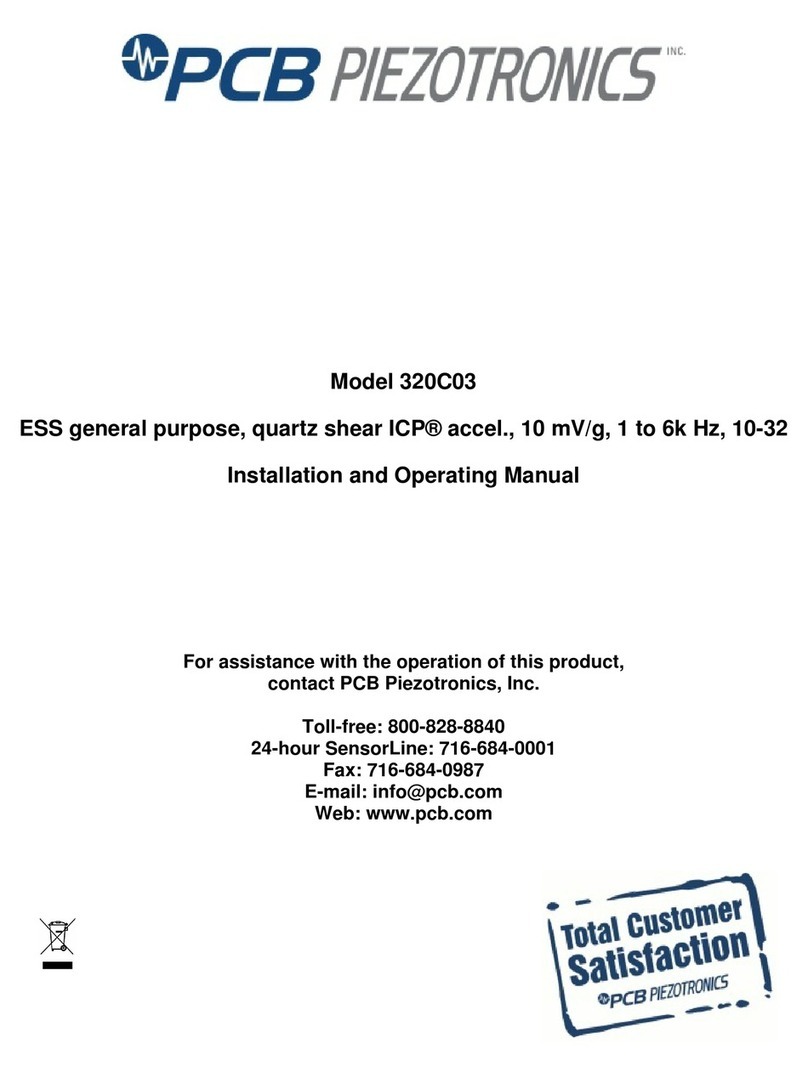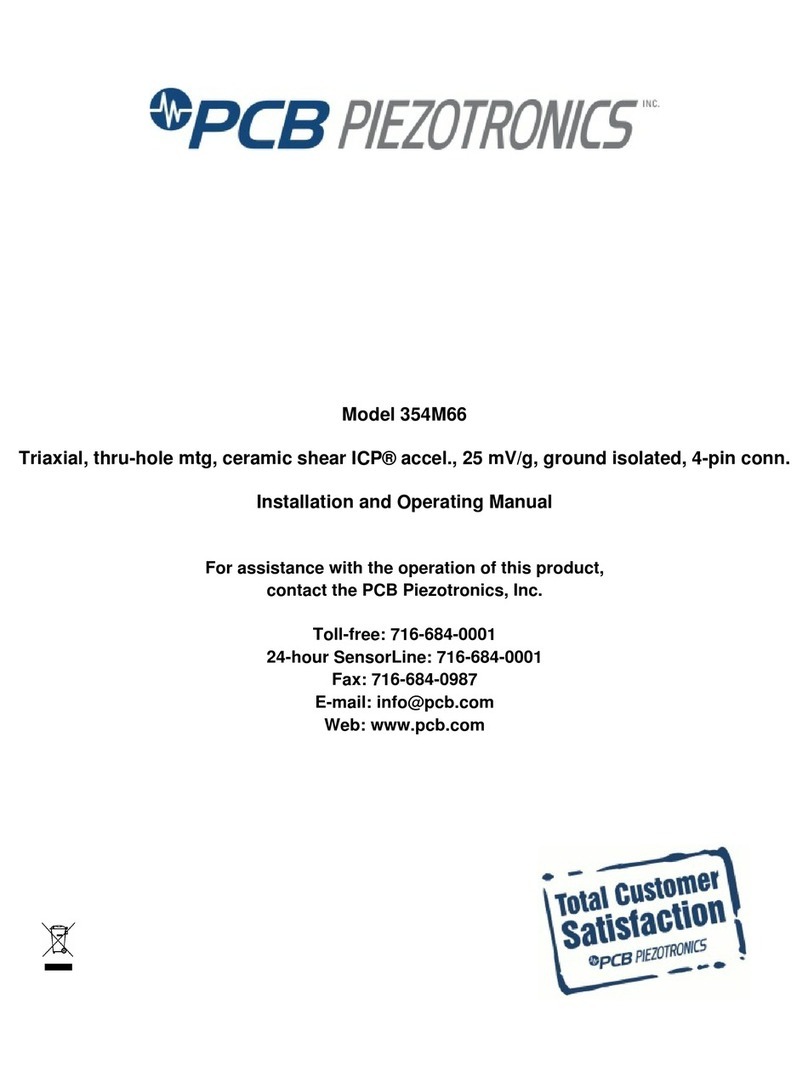PCB Piezotronics 8120G-400A User manual
Other PCB Piezotronics Security Sensor manuals
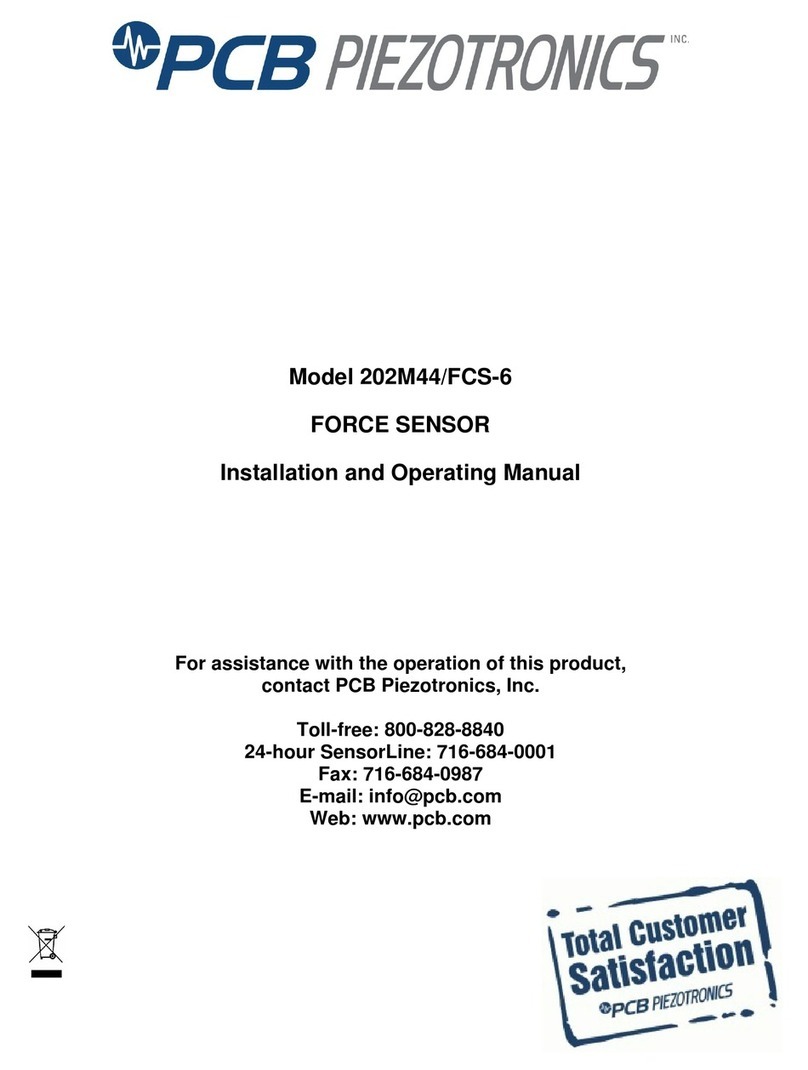
PCB Piezotronics
PCB Piezotronics 202M44/FCS-6 User manual
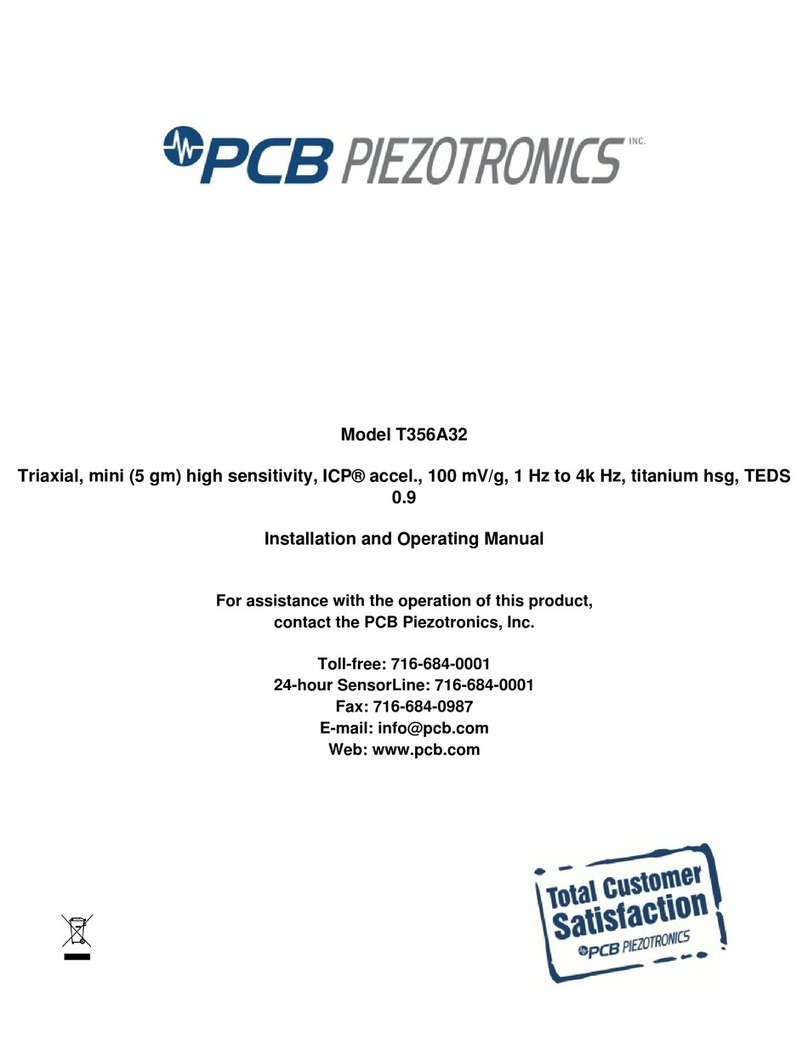
PCB Piezotronics
PCB Piezotronics ICP T356A32 User manual
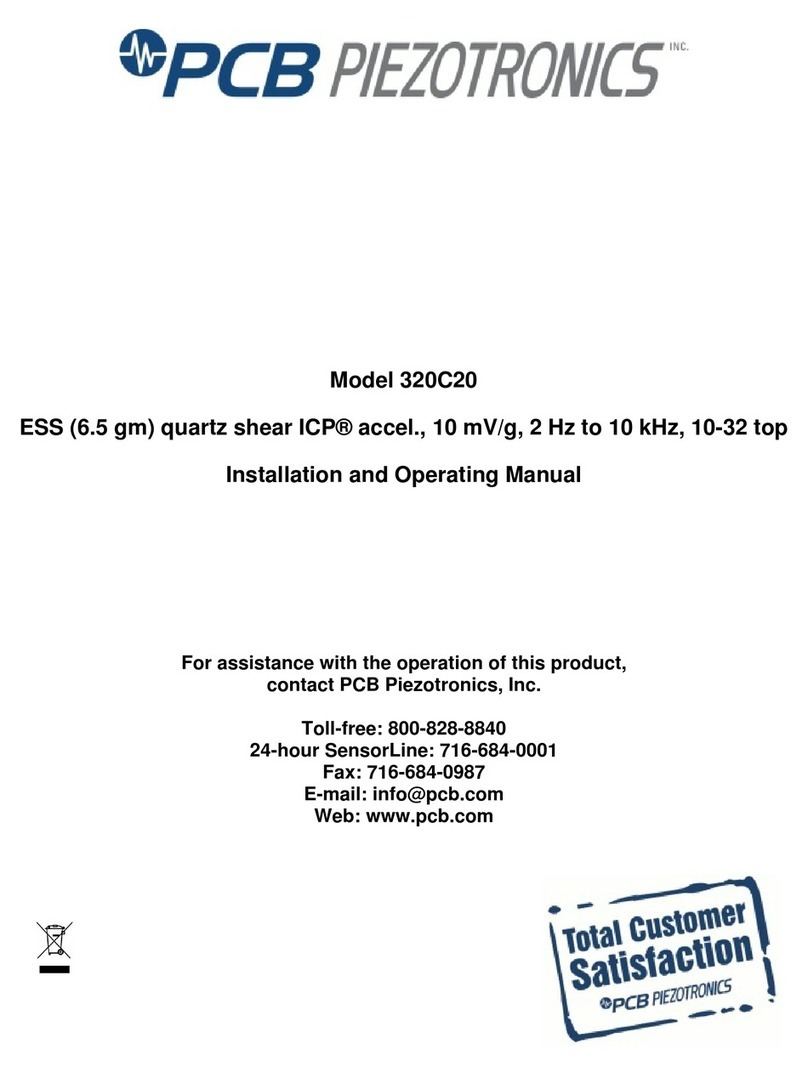
PCB Piezotronics
PCB Piezotronics 320C20 User manual

PCB Piezotronics
PCB Piezotronics 209C02 User manual
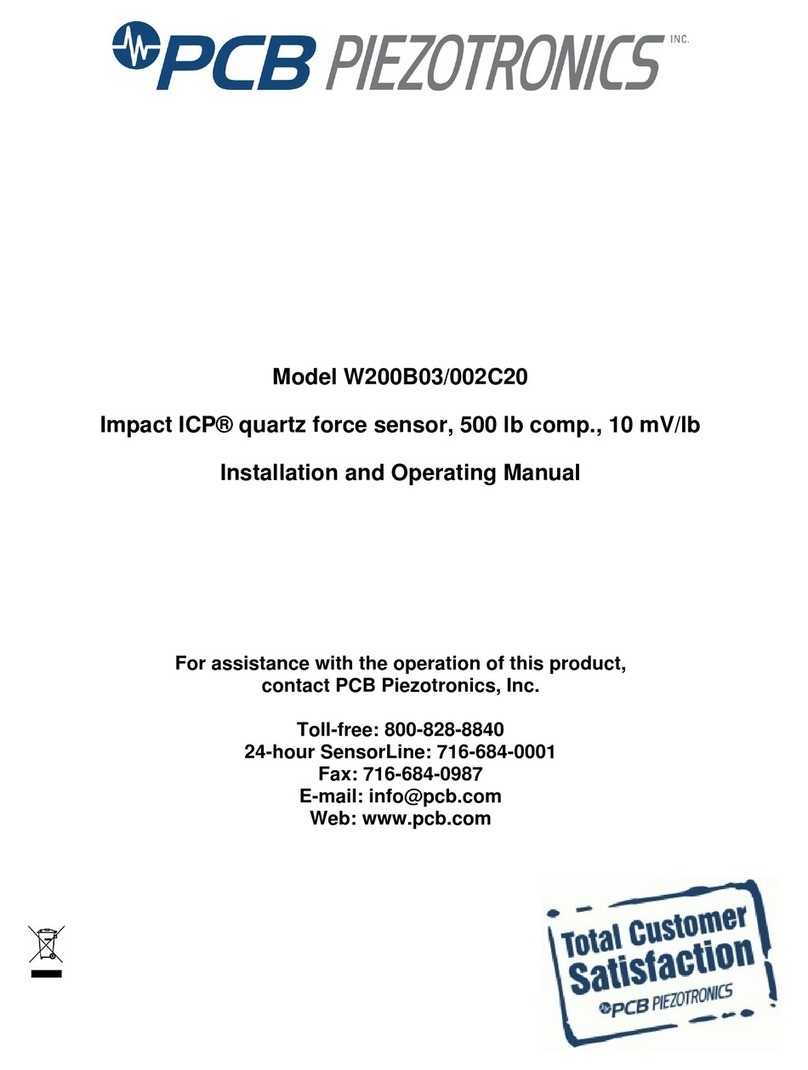
PCB Piezotronics
PCB Piezotronics W200B03/002C20 User manual
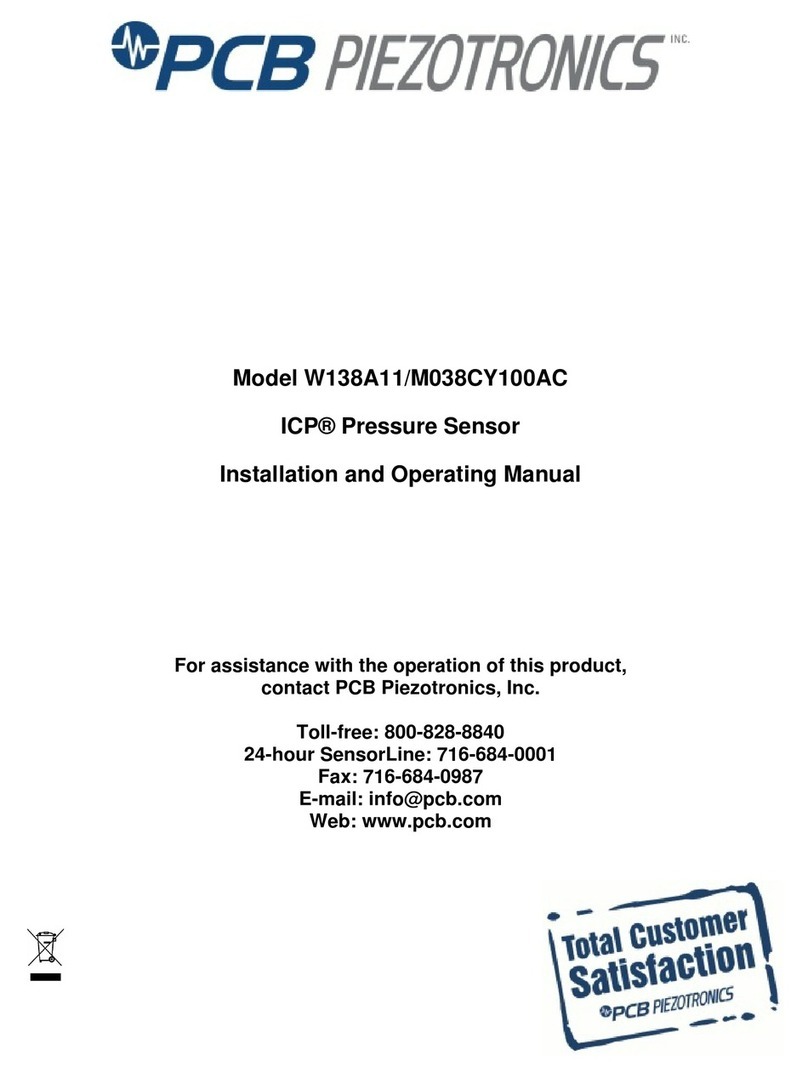
PCB Piezotronics
PCB Piezotronics W138A11 User manual
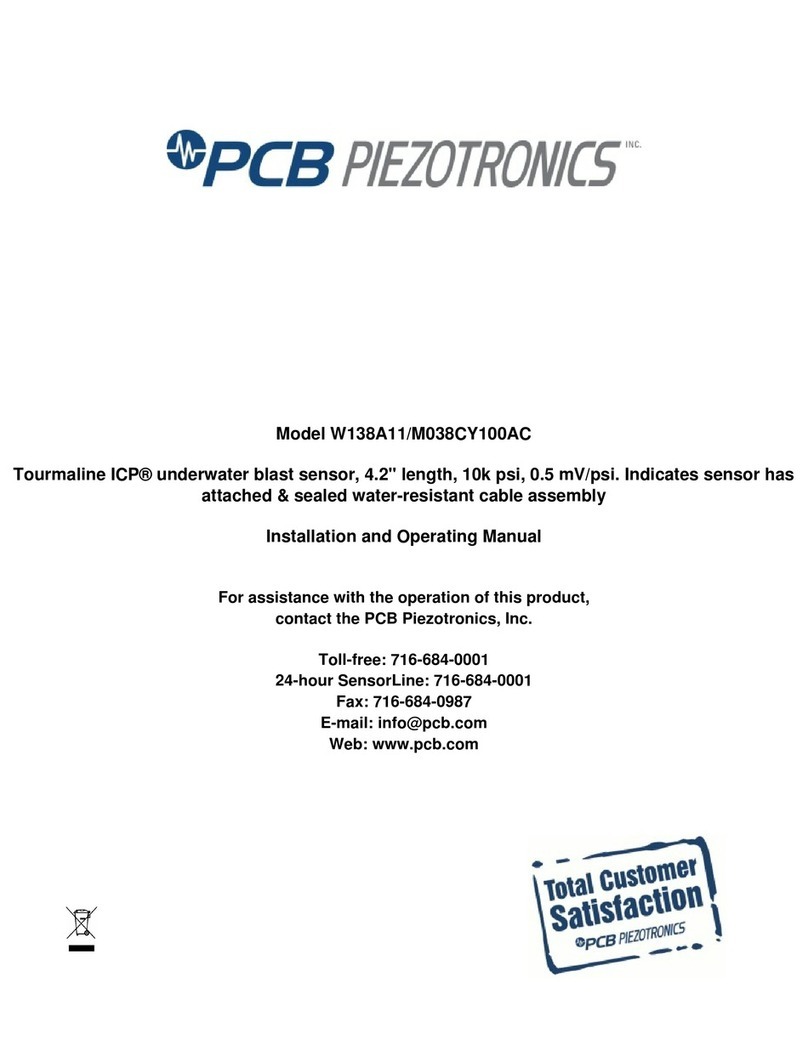
PCB Piezotronics
PCB Piezotronics W138A11/M038CY100AC User manual

PCB Piezotronics
PCB Piezotronics ICP W138A01/-0022 User manual
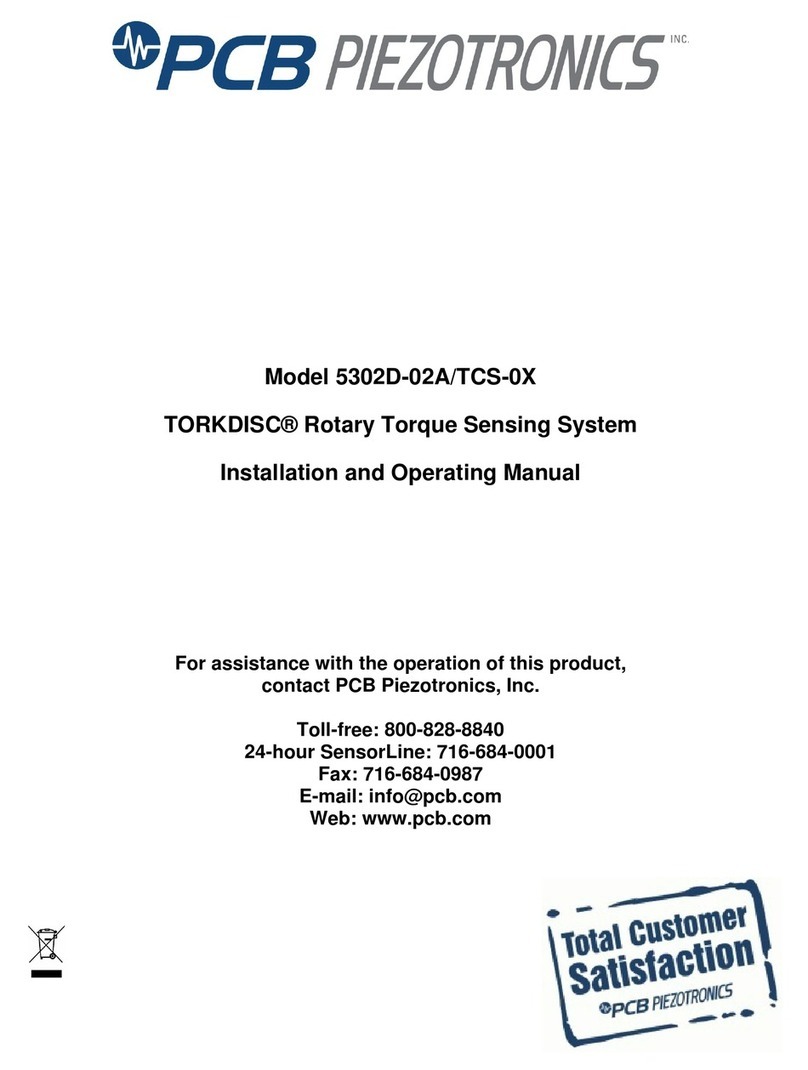
PCB Piezotronics
PCB Piezotronics TORKDISC 5302D-02A/TCS-0X User manual
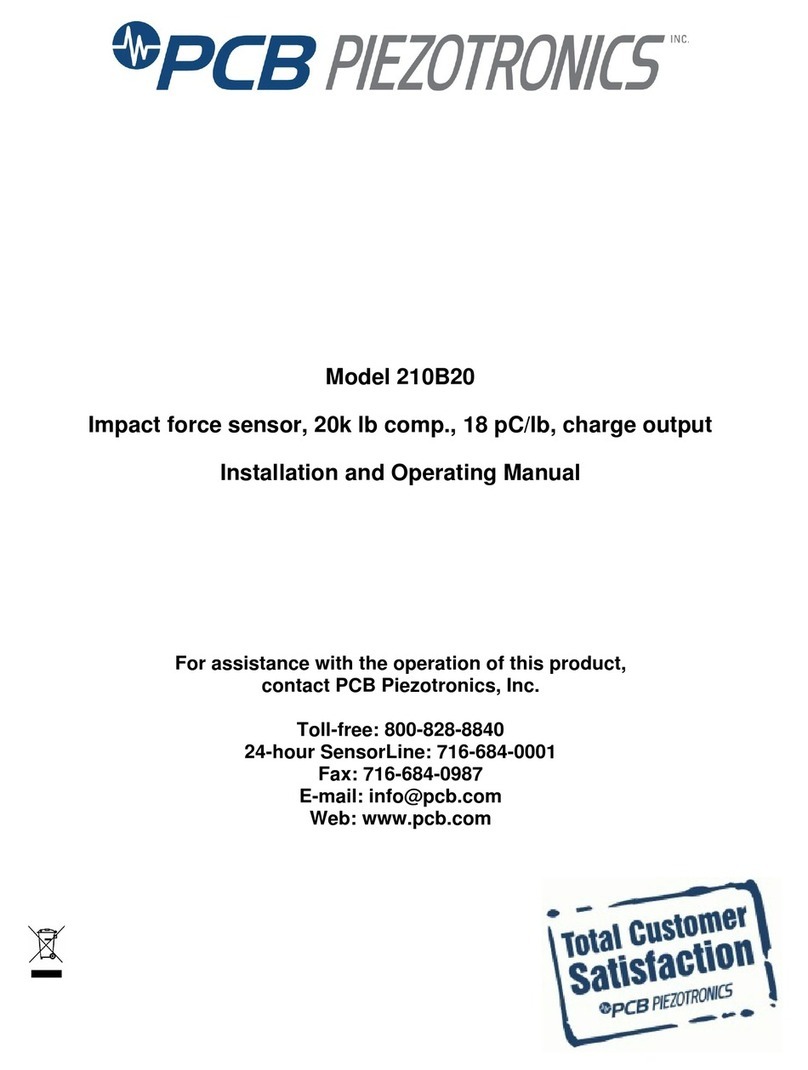
PCB Piezotronics
PCB Piezotronics 210B20 User manual
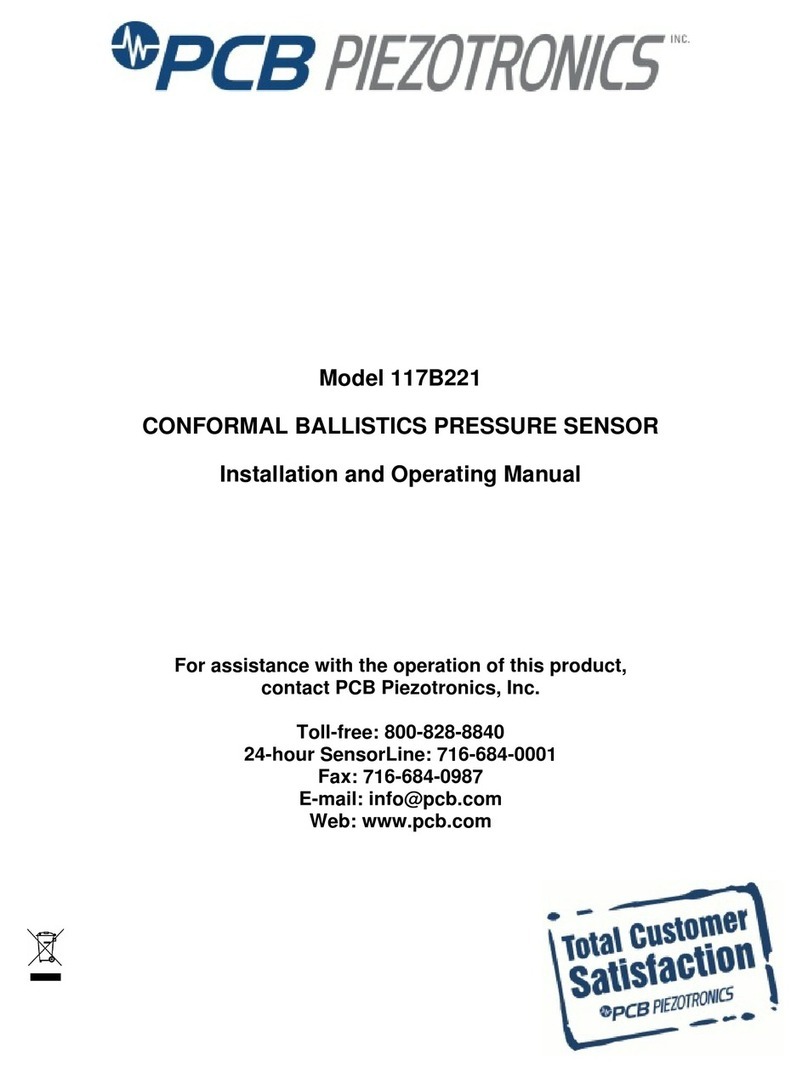
PCB Piezotronics
PCB Piezotronics 117B221 User manual
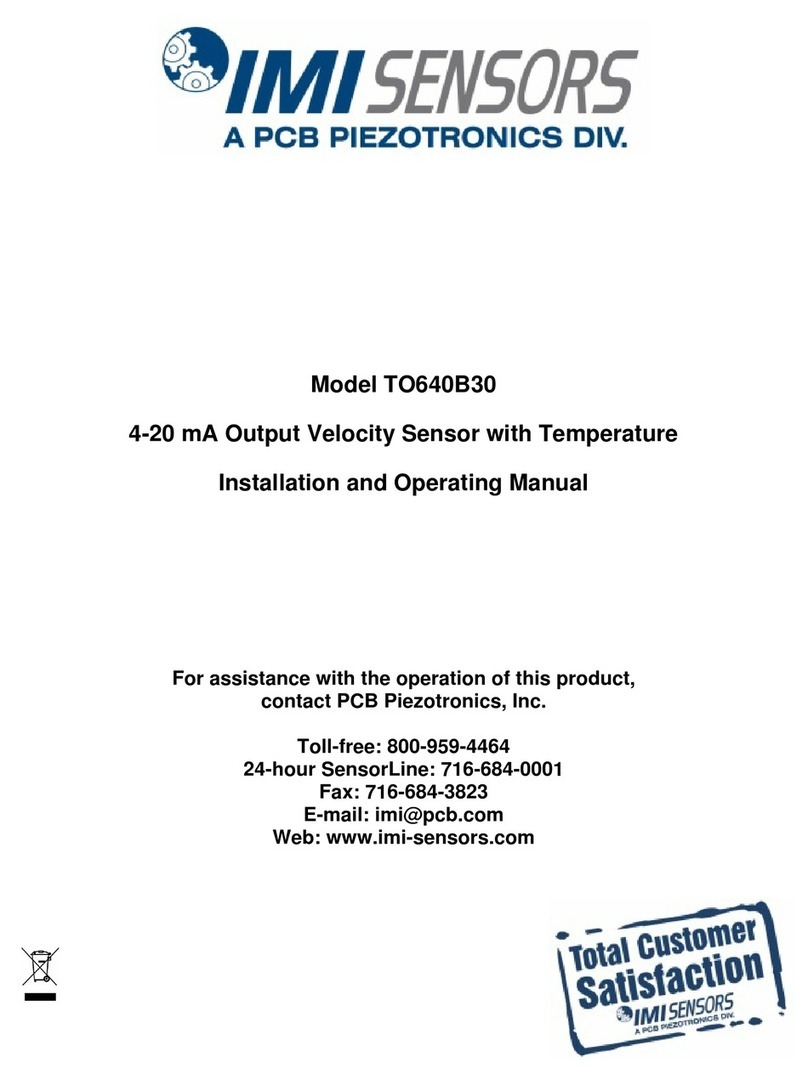
PCB Piezotronics
PCB Piezotronics IMI SENSORS TO640B30 User manual
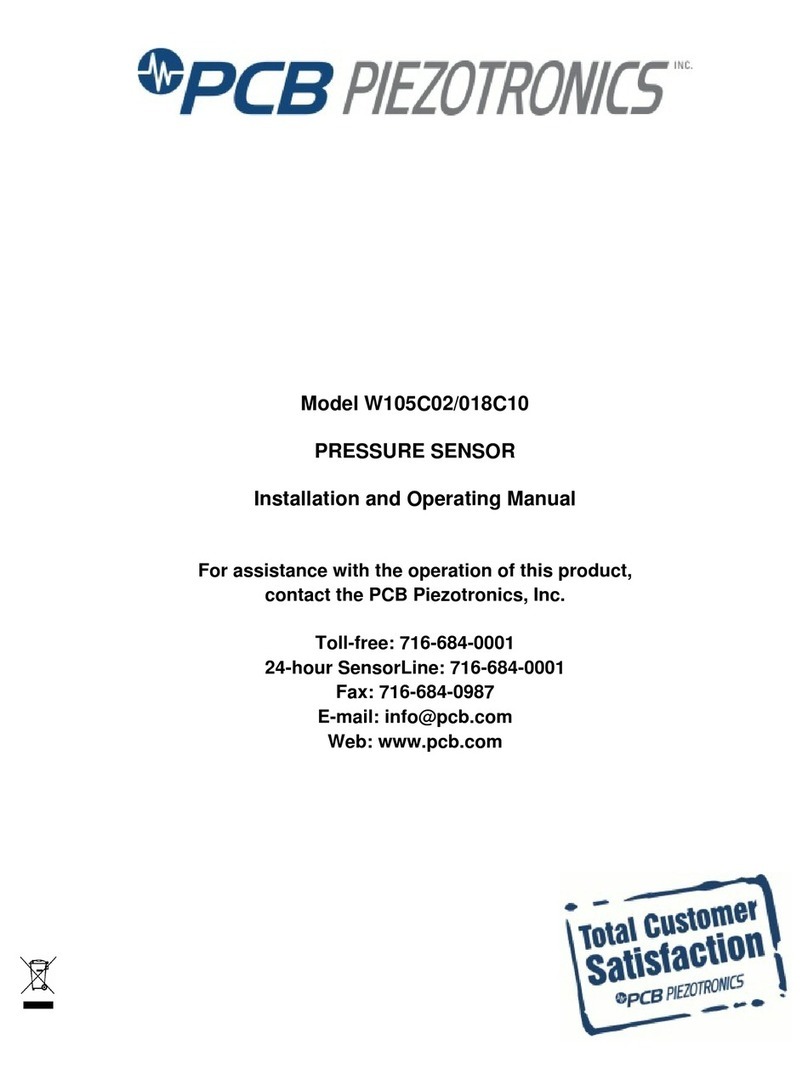
PCB Piezotronics
PCB Piezotronics W105C02/018C10 User manual

PCB Piezotronics
PCB Piezotronics ICP 108B03 User manual
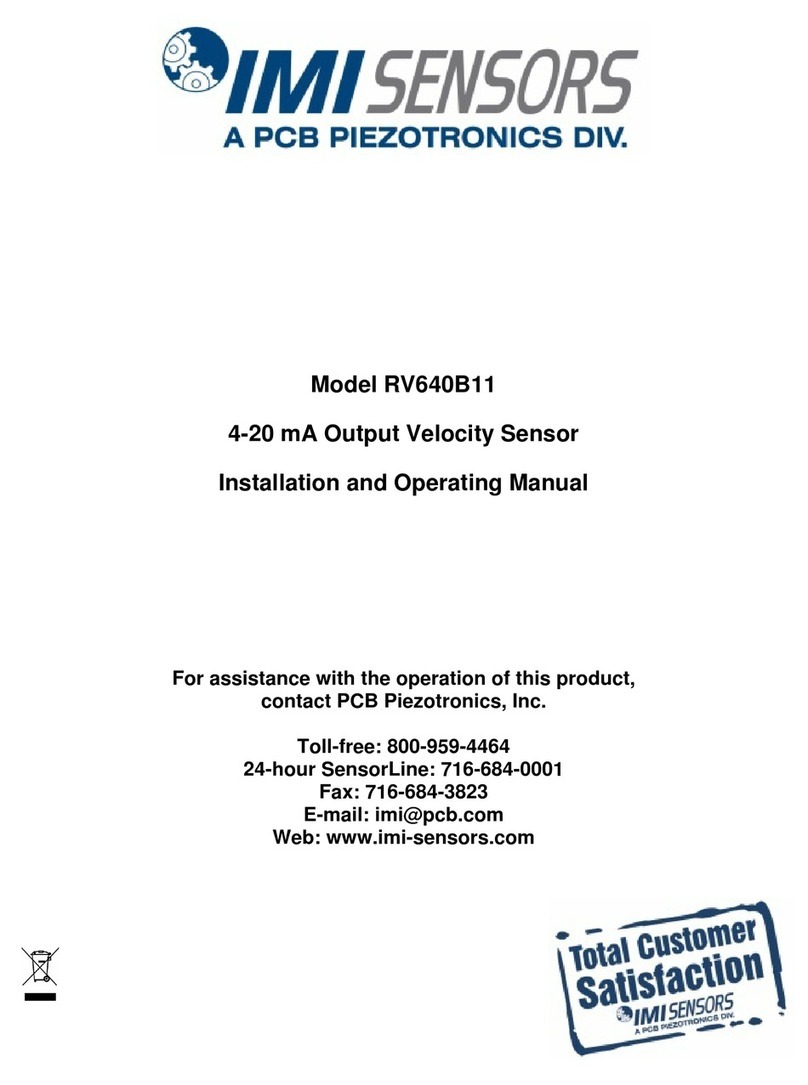
PCB Piezotronics
PCB Piezotronics IMI Sensors RV640B11 User manual

PCB Piezotronics
PCB Piezotronics ICP 353B32 User manual
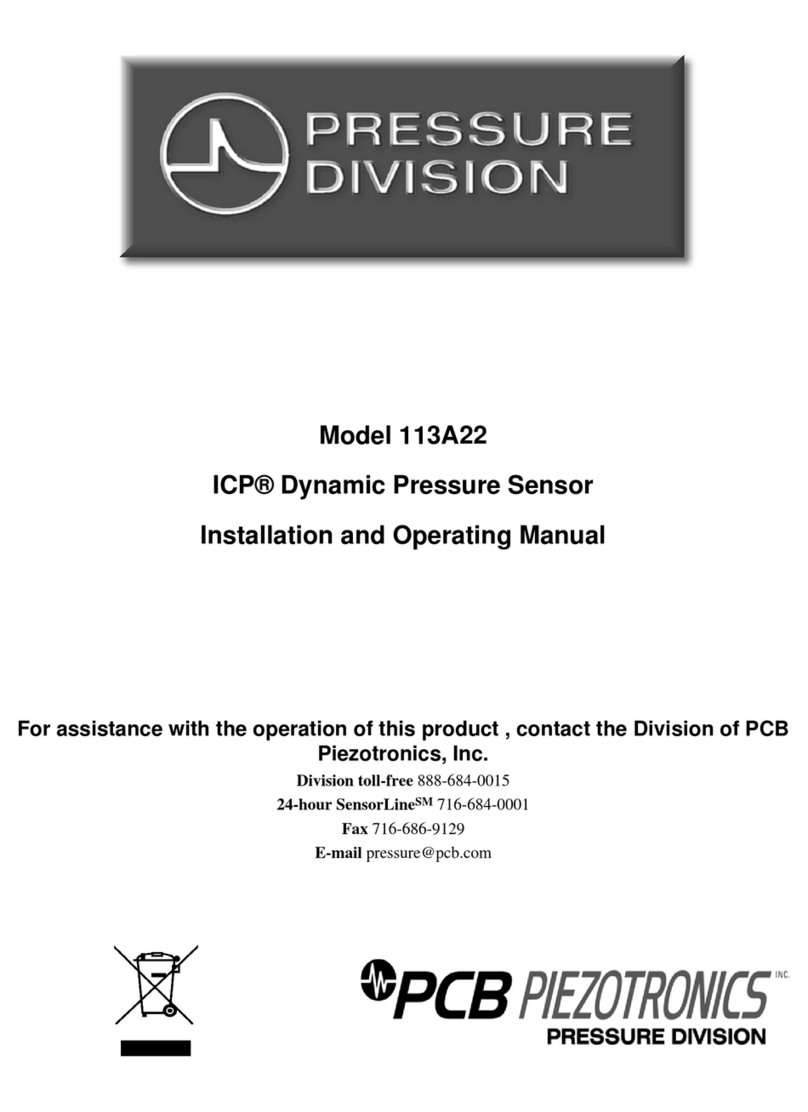
PCB Piezotronics
PCB Piezotronics ICP 113A22 User manual

PCB Piezotronics
PCB Piezotronics 1203-14A User manual
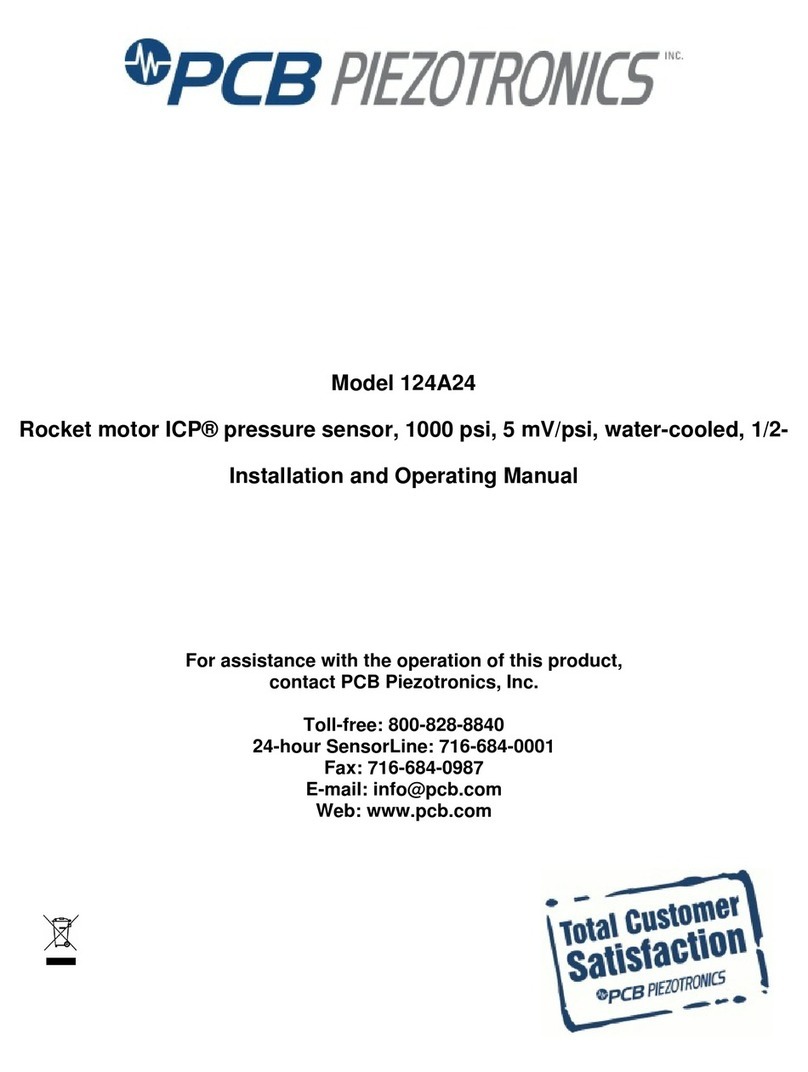
PCB Piezotronics
PCB Piezotronics 124A24 User manual

PCB Piezotronics
PCB Piezotronics W200B03/002C05 User manual
Popular Security Sensor manuals by other brands

Shinko
Shinko SE2EA-1-0-0 instruction manual

Det-Tronics
Det-Tronics X Series instructions

ACR Electronics
ACR Electronics COBHAM RCL-300A Product support manual

TOOLCRAFT
TOOLCRAFT 1712612 operating instructions

Elkron
Elkron IM600 Installation, programming and functions manual

Bosch
Bosch WEU PDO 6 Original instructions
